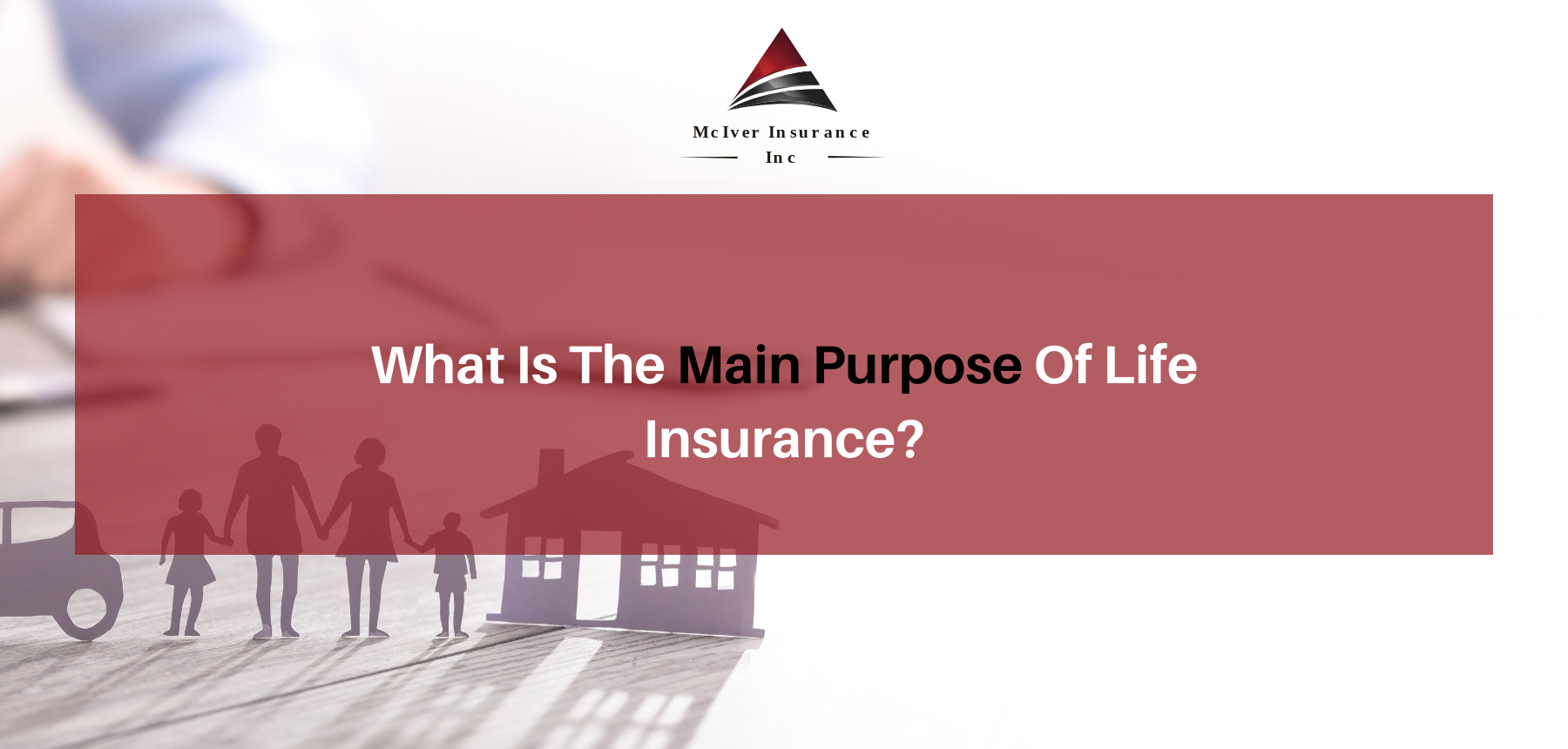Not known Facts About Pacific Prime
Not known Facts About Pacific Prime
Blog Article
Pacific Prime - An Overview
Table of ContentsThe Ultimate Guide To Pacific PrimePacific Prime Fundamentals ExplainedSome Of Pacific Prime5 Simple Techniques For Pacific PrimeThe Of Pacific Prime

This is since the data were gathered for a period of strong economic performance. Of the estimated 42 million individuals that were uninsured, just about regarding 420,000 (regarding 1 percent) were under 65 years of age, the age at which most Americans become eligible for Medicare; 32 million were grownups between ages 18 and 65, about 19 percent of all adults in this age group; and 10 million were children under 18 years of age, about 13.9 percent of all kids (Mills, 2000).
These quotes of the variety of individuals uninsured are produced from the annual March Supplement to the Current Population Study (CPS), conducted by the Demographics Bureau. Unless or else kept in mind, nationwide price quotes of individuals without health and wellness insurance coverage and proportions of the population with various type of insurance coverage are based on the CPS, one of the most extensively utilized source of price quotes of insurance policy protection and uninsurance prices.
See This Report on Pacific Prime

Still, the CPS is especially helpful since it creates annual price quotes relatively swiftly, reporting the previous year's insurance protection estimates each September, and because it is the basis for a consistent collection of estimates for even more than 20 years, enabling analysis of patterns in coverage with time. For these reasons, as well as the comprehensive use of the CPS in various other research studies of insurance protection that are provided in this report, we rely upon CPS quotes, with restrictions kept in mind.

The price quote of the number of uninsured individuals expands when a populace's insurance coverage status is tracked for numerous years. Over a three-year period starting early in 1993, 72 million people, 29 percent of the U.S. https://disqus.com/by/disqus_tLNq8V4sBK/about/. populace, were without coverage for at the very least one month. Within a solitary year (1994 ), 53 million individuals experienced at least a month without coverage (Bennefield, 1998a)
Six out of every ten uninsured grownups are themselves used. Although working does enhance the chance that and one's member of the family will certainly have insurance policy, it is not a guarantee. Also members of families with 2 full time wage earners have almost a one-in-ten opportunity of being uninsured (9.1 percent without insurance price) (Hoffman and Pohl, 2000).
Little Known Questions About Pacific Prime.
New immigrants make up a considerable percentage of individuals without medical insurance. One analysis has associated a substantial portion of the recent growth in the size of the united state without insurance populace to immigrants who showed up in the country between 1994 and 1998 (Camarota and Edwards, 2000). Recent immigrants (those that came to the United States within the previous four years) do have a high price of being without insurance (46 percent), yet they and their kids account for simply 6 percent of those without insurance coverage across the country (Holahan et al., 2001).
The relationship in between medical insurance and accessibility to care is well established, as documented later on in this chapter. Although the connection between wellness insurance policy and health and wellness outcomes is neither straight neither simple, a substantial scientific and wellness solutions research study literary works web links wellness insurance protection to better access to care, better top quality, and boosted individual and populace health and wellness condition.
Levels of evaluation for checking out the impacts of uninsurance. It concentrates especially on those without any wellness insurance coverage for any kind of length of time.
The smart Trick of Pacific Prime That Nobody is Talking About
The troubles dealt with by the underinsured are in some respects comparable to those faced by the without insurance, although they are normally less extreme. Wellness insurance, nonetheless, is neither needed nor enough to acquire access here are the findings to clinical services. The independent and straight effect of wellness insurance protection on access to wellness services is well developed.
Others will obtain the wellness care they require also without medical insurance, by spending for it out of pocket or seeking it from providers that offer treatment totally free or at highly subsidized rates. For still others, wellness insurance coverage alone does not make certain receipt of care as a result of other nonfinancial obstacles, such as a lack of health treatment carriers in their neighborhood, limited accessibility to transport, illiteracy, or etymological and social differences.
Rumored Buzz on Pacific Prime
Formal research about uninsured populations in the United States dates to the late 1920s and early 1930s when the Committee on the Cost of Healthcare created a series of reports about financing physician office check outs and hospital stays. This concern came to be significant as the varieties of clinically indigent climbed during the Great Anxiety.
Report this page